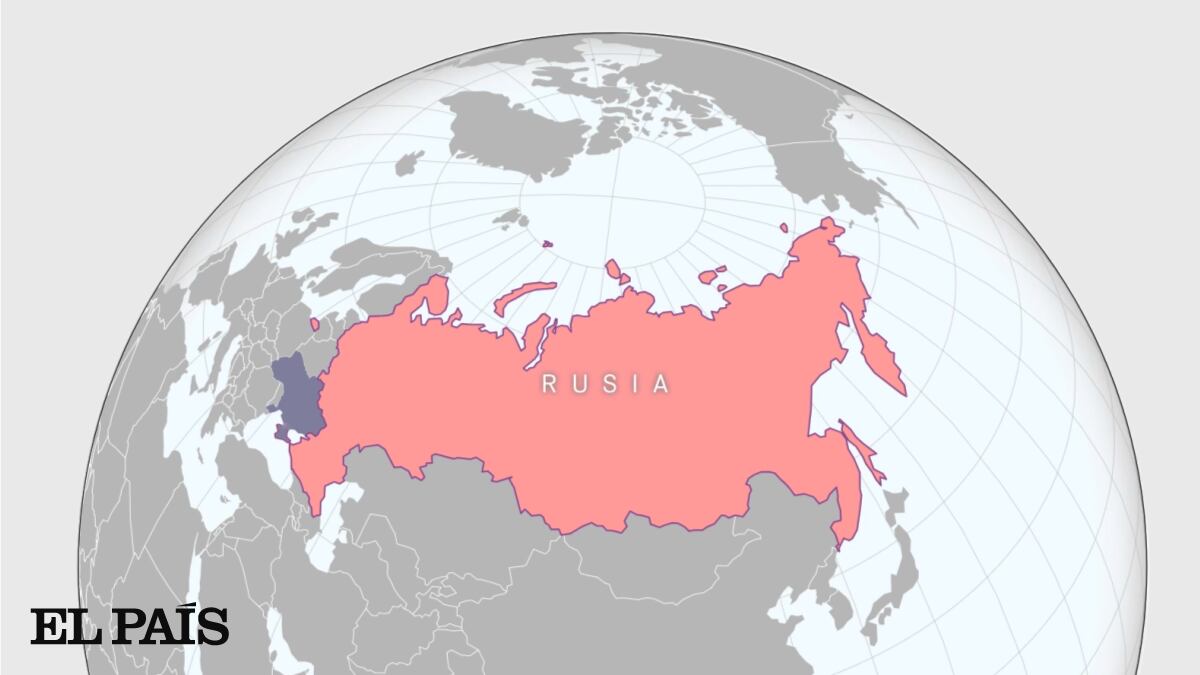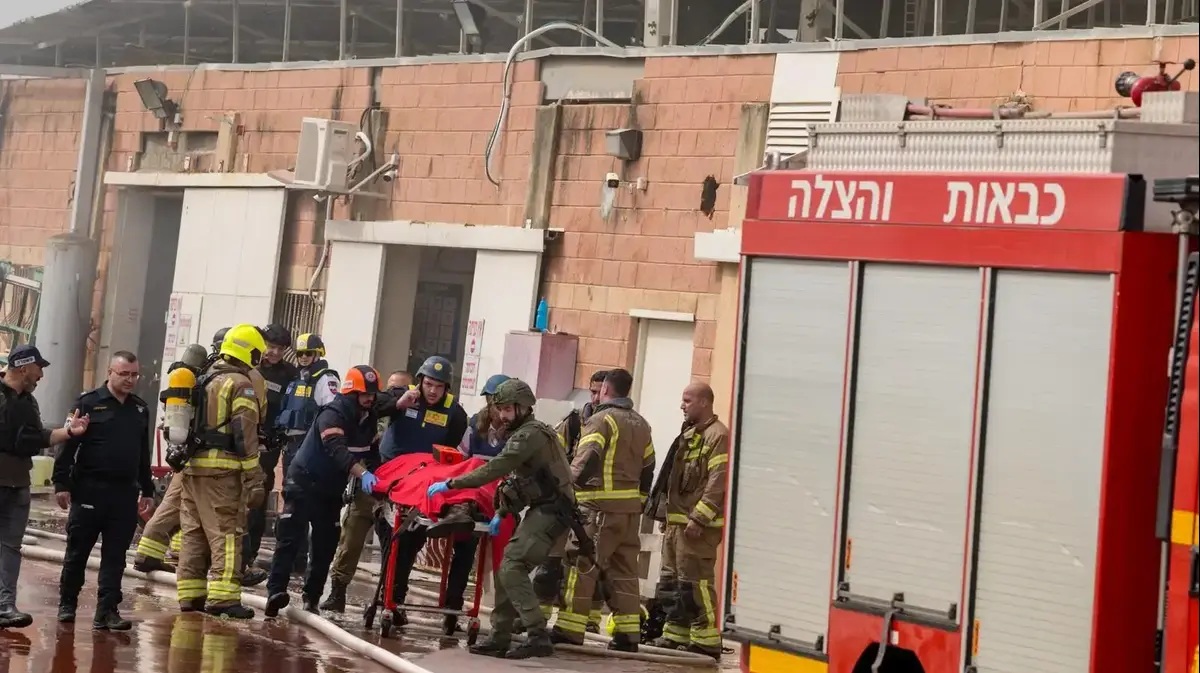When official delegations from around the world meet in New York next September for a mid-term review of the 2030 Agenda, the first issue on the table will be how to pay the bill.
For the Global South, the eight years that have passed since 2015 have meant a chain of crises that have triggered development needs and emptied the resources to deal with them.
Unless the international community acts decisively to dampen some and expand others, the legacy of the Sustainable Development Goals will be a poorer, sicker and more dangerous planet than it was when they began.
A recent estimate from the UN Conference on Trade and Development (UNCTAD) raised to 774,000 million dollars (753,000 million euros) the bite of covid-19 in the financing available for the sustainable development of low- and middle-income countries .
This fall —which is equivalent to 17% of the total resources available and considers only the first year of the pandemic— is explained by the fall in capital flows and, most especially, by the collapse in public revenue.
Taken together, the estimated financing gap for the SDGs grew by 56%, reaching a whopping 3.9 trillion dollars (3.7 trillion euros) in 2020.
As public resources plummet, the Global South faces a veritable perfect storm for development.
When most countries had not begun to raise their heads due to the effects of the pandemic, the drought and, most especially, the war in Ukraine, have raised each of the risks exponentially.
The year 2022 marked a record in the Food Price Index prepared by the Food and Agriculture Organization of the UN (FAO), after in 2021 they had already grown by 28%.
The disproportionate increase in the prices of basic foods such as cereals has skyrocketed the number of people in a situation of acute food insecurity to 193 million, practically double the number in 2016.
Close to fifty countries are exposed to a combined crisis of high food, energy and debt prices.
Twice as many are seriously weighed down by at least one of these three crises.
Entire regions, such as sub-Saharan Africa and the Middle East, struggle to survive trapped in a vicious cycle of poverty, conflict and a climate emergency.
Unfortunately, the Keynesian enthusiasm of rich countries in responding to the crisis stemming from the pandemic did not reach beyond their borders.
If the average fiscal response of high-income economies was 11.7% of their GDP, that of the developing world as a whole was exactly half.
That of low-income countries was limited to a meager 3.2% of their meager national economies.
There is no safety net on the margins of the global South, the international community came to say.
The richest 1% of the planet has been made with two thirds of all the wealth generated in the global economy.
When needs stifle and resources become scarce, the result is the indebtedness of economies.
And that of this period threatens to break records.
As José Naranjo explained in a piece recently published in this newspaper, "the debt of sub-Saharan governments represents 53.73% of their GDP, according to the International Monetary Fund, and no less than 22 countries are at risk of default (...) ”.
The African region is undoubtedly the most affected, but not the only one.
The suffocating foreign debt is an insurmountable obstacle to the recovery of countries such as Laos, the Dominican Republic or Turkmenistan, where debt service accounts for between 30% and 40% of public revenue, which is in direct conflict with spending targets social.
For those of us who comb a few gray hairs, this situation is alarmingly familiar.
This was explained by The Economist seminar in July of last year, commenting on the state of 53 fragile emerging economies: “The current bleak situation has an analogy in the desperate 1980s and 1990s.
Then, as now, a long period of robust growth and easy financial conditions was followed by lean times and an increasing debt burden.
Macroeconomic crises, rising inflation and eventually rising interest rates in the rich world pushed many heavily indebted poor economies into the abyss.
Despite the fact that current levels of indebtedness have not yet reached those of then, the situation could be more complicated to resolve.
Unlike the 1990s and 2000s — when the Heavily Indebted Poor Countries (HIPC) initiatives were passed in 1996 and the Multilateral Debt Relief (MDRI) initiatives in 2005 — A not insignificant part of the developing world's debt is in the hands of private creditors and countries, such as China, that do not belong to the so-called Paris Club.
This group of prosperous nations has acted as an informal referent in debt relief negotiations.
That greatly complicates coordinated forgiveness efforts, which are bound by a surprisingly informal framework.
Chinese nationalist impulses,
The cancellation of part of the debt is key, but we will need much more.
The first step is a substantial increase in development aid, which has grown desperately slowly since its record low in 2001. Meeting the 0.7% commitment would double current resources to more than 350 billion euros per year.
This amount is not enough to get the global South out of the financial hole, but it can help a lot in particularly sensitive sectors such as extreme poverty, food security or health.
Only in this last field, the years of the pandemic have seen an unprecedented setback in the fight against HIV, malaria, tuberculosis or childhood pneumonia, which cause the death of millions of human beings every year.
The third source of financing that is sought to be unlocked is that of tax revenue, both in the developing countries themselves and in the donor countries that could distribute them.
The argument is familiar: since 2020, the richest 1% on the planet have taken over two thirds of all the wealth generated in the global economy.
Some sectors, such as energy and food, are reporting record revenues as a result of geopolitical instability and rising prices.
In these two sectors alone, Oxfam estimates the benefits distributed to shareholders of these companies at 257 billion dollars (244 billion euros) in 2022.
Meanwhile, a combination of political defeatism and legal engineering allows plutocrats and transnationals to evade their fiscal responsibilities.
Taxes on income, companies, assets, inheritance or capital dividends have plummeted in the last 50 years to a sixth of what they were.
The breaking of the global social contract is only a reflection of the multiple breaches of national contracts, precisely when the climate and social emergency make it more necessary than ever.
Despite their efforts, the G20 and the OECD have staged a colossal political trigger in their attempt to establish a minimum rate of 15% for the profits of large companies, wherever they operate.
Close to fifty countries are exposed to a combined crisis of high food, energy and debt prices
The fourth development financing lever that can be activated in the medium term has to do with the redistribution of employment opportunities and progress.
The remittances that emigrants send back to their countries of origin continue to be between three and four times the total annual funds for development aid, constitute an essential cushion for hundreds of millions of people in the poorest countries and have demonstrated an admirable resilience facing multiple crises.
The increase in legal and safe paths for labor mobility —sclerotic by a fearful, cruel and self-destructive immigration policy— would not only allow these resources to be multiplied, but would also solve the serious labor shortages in the large destination economies.
The benefits associated with this process admit few comparisons,
If the overwhelming uncertainty of these months clears up, the outlook could change.
One or two percentage points of inflation in food and energy prices can translate into millions or so of hungry people.
Decisions made by US and EU central banks regarding interest rates can determine the sustainability of many public budgets.
It is this tragic observation that has revived an informal version of the Non-Aligned Movement regarding the conflict in Ukraine.
Even in the best of scenarios, the global South needs financial and political oxygen to solve its structural challenges.
The difference with the crises of the 1980s is that today the world is deeply intertwined.
Solving other people's problems is preventing your own, because the SDGs have never been a one-way exercise, but rather a smart way to shore up shared interests and global public goods.
You can follow PLANETA FUTURO on
,
and
, and subscribe
here
to our 'newsletter'
.













